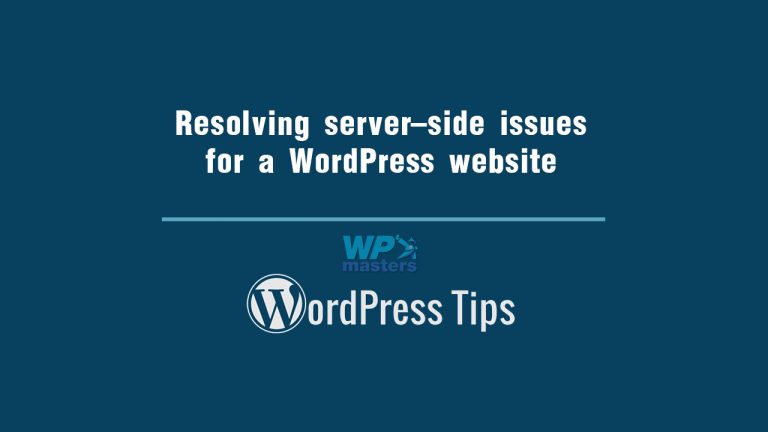Since the moment when website performance became an SEO factor, performance is essential for any website success. Naturally, you will want to resolve any server-side issues with your WordPress website, to boost your SEO metrics.
Fact is, a slow website is loathed by users but it also delivers poor User Experience (UX) index score, and Google will take this into account when calculating your search ranking. Optimizing different aspects of your website, you will be able to completely avoid or in another way handle the server-side issues and boost your WordPress website speed.
Why is website speed important?
A beginner website owner might ask why is his website speed important? Imagine the average internet user who has a broadband internet connection. His internet connection can send and receive data at a very high rate, thus enabling the user to quickly browse through individual websites or pages.
Imagine this user waiting for five seconds for your website to load its homepage. Question is will he wait? And the answer is no. Popular browsers keep track of different habits for internet users while they browse websites, and the statistics say that users will not wait more than 4 seconds for a website to load, but will instead continue browsing to the next website.
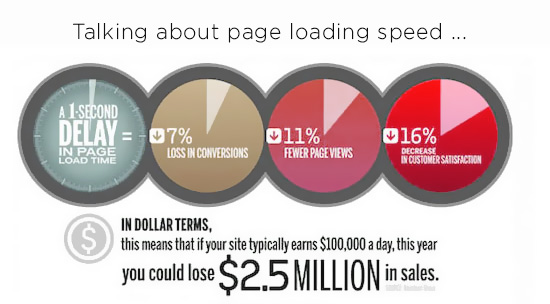
Average internet user attention span is very short because pages keep loading fast, and if your website will not load quickly then your website will have a very high bounce rate, meaning visitors leave before the website even loaded. This is the main reason why Google added under 4 seconds of loading time for websites as an SEO hard factor.
Server-side or website issues?
Before continuing to concrete solutions, we still need to talk a bit about overall website issues. These issues come in two different categories:
- Website software/coding issues
- Server-side problems
The solutions to these two different types of issues are fundamentally different. For the website issues, you may be able to completely remove the issue, while the server-side issues which can also be referred as hosting issues can only be avoided unless you transfer the website to a different hosting server.
Now, let’s discuss different ways you can measure, optimize and boost your website performance for one or the other issue type.
Measure your WordPress website performance
The best thing to do for starters is to measure your website performance, by using online benchmarking tools so you can ascertain where exactly are your website issues and how much effort you need to invest into optimizing your website.
Two of the best online tools that are available for free and give more than enough information about your website are Google PageSpeed Insights and GTmetrix. Both tools work in the same manner, where you need to enter your website domain name and click Analyze.
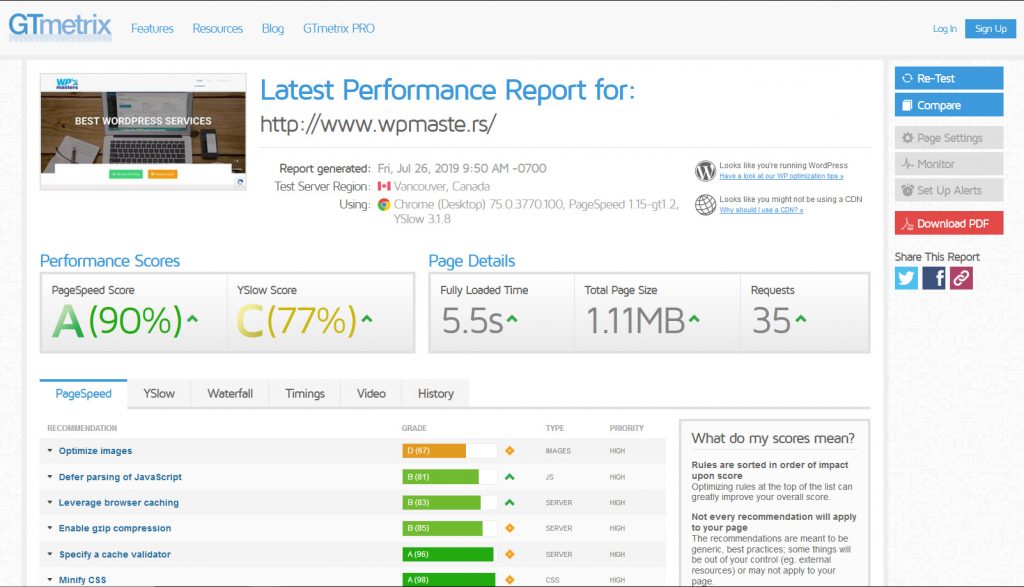
GTmetrix will provide performance scores, as well as fully page loading time along with page size and the number of requests the users’ browser will have for the server before it displays the page.
On the other hand, Google PageSpeed Insights will provide a definite score ranging from 0 to 100 which is an overall metric and yes you should want to have it as high as possible. The First content paint index shows how many seconds your website takes before it starts displaying content, while the Time to interactive means the time when a user can start interacting with the website safely. Lastly, the Speed index is an overall speed score in seconds.
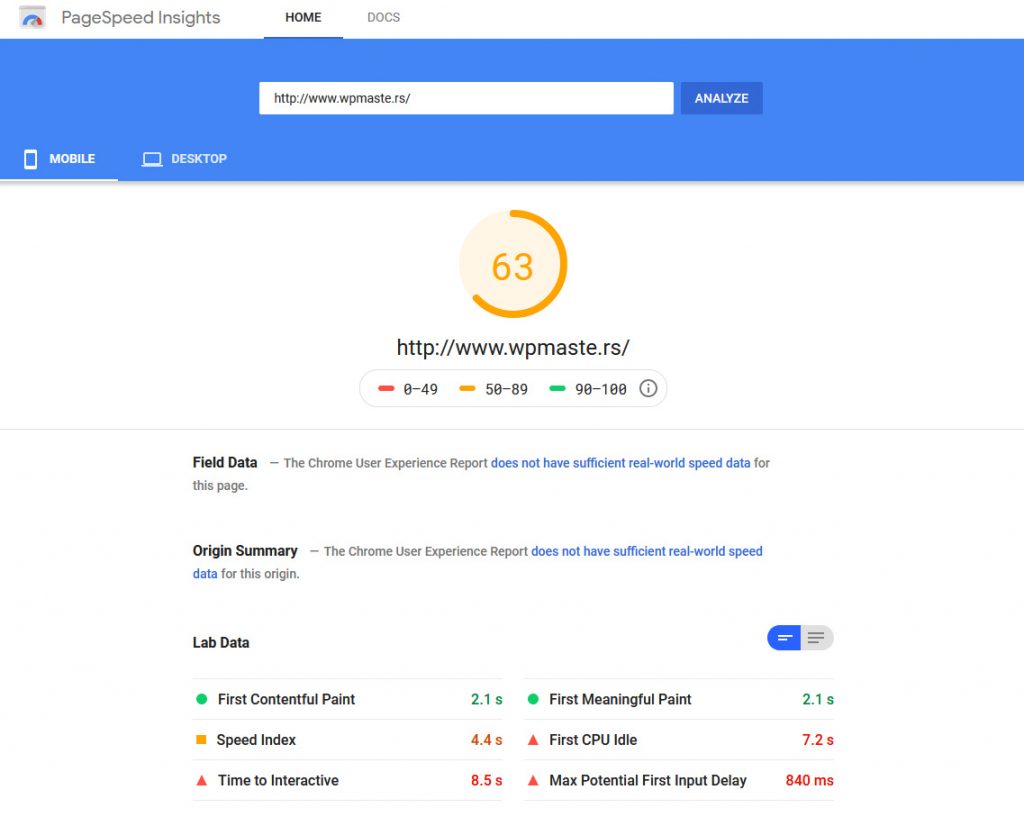
What information do we get from these benchmarks?
Note that loading times can be influenced by the number of visitors that are using the website at the moment you are testing, so I would recommend testing with both a peak/high traffic and low traffic time of day.
The main information we want to extrapolate from this data is page loading time which we want to compare before and after optimizing the website, while a high number of requests to the server can point to WordPress theme, plugins or other website software problems.
Scaling your website performance to average internet users, you should want your WordPress website loading time around two seconds if possible, though experts believe websites loading speed under two seconds is the best.
WordPress website optimizations
Website optimizations imply overall software optimization as well as content optimization. In some cases, these optimizations can deliver higher gain returns and they include good practices that will keep your website healthy for a long time.
WordPress is a content-management-system that provides easy management of your website content, stunning visual presentation with themes, plugins which will help you shape the website.
To have your website working as intended you should always strive to have your WordPress platform, theme, and plugins updated to the latest version. If any of these is outdated it may cause a high number of requests to the server as well as break a page or the whole website.
Over time, WordPress users may get too comfortable with using a high number of plugins. Keep in mind that plugins are Java scripts that keep running over and over as the visitor is browsing your website. A high number of plugins will make your website slow, so try to remove any unused plugins to gain speed and responsiveness of your website.
Content optimization means that strive not to use too many images or media files in your pages, as these will add up and make your website pages load slow.
Most website owners are not professional image editors, so they upload images straight from their 20 or 30-megapixel smartphone camera to website, while the final image will be displayed with no more than 2-megapixels, so yes, the image that was uploaded should have been at least ten times smaller.
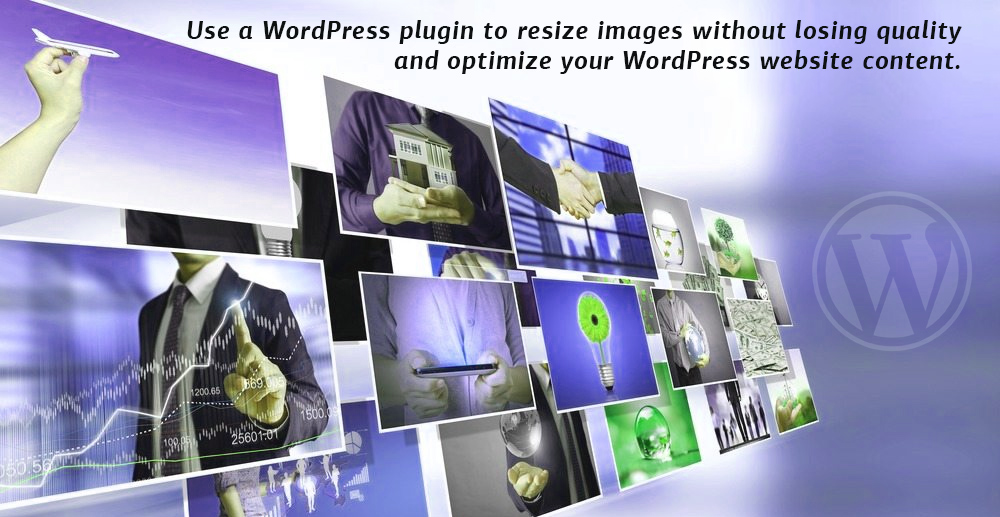
A sure-fire way to rectify this issue is to manually resize every image to the most appropriate size, then upload and replace, while you delete the old large image, one at a time. This way you will also decrease your website storage footprint, and it has no negative side effects besides you having to spend a lot of time editing images.
On the other hand, a much more convenient way to optimize your content is to use an image optimization plugin with your WordPress website, with the main drawback being an increased computing demand for your hosting server by the plugin. However, these gains are substantial as this can speed up your page loading time up to ten times faster, so it is a relatively popular solution to content optimization.
After making any of these optimizations, feel free to retest your website, but bear in mind to clear your browser cache before doing so, else your retest results may be incorrect.
Server-side issue solutions
Now that you have done website optimizations and certainly improved your website to a degree, next you may want to further improve it with server-side optimizations. Because WordPress hosting users do not have access to their hosting servers they must, again, rely on plugins to help them alleviate issues.
CDN or content-delivery-network is a great way to mitigate server issues, and it improves your UX for visitors from all over the globe. How is that possible?
CDN is a network of caching servers positioned strategically near the Internet backbone in every major region. These caching servers are used as temporary website content cache, which delivers your website content to the website visitor from the nearest server.
Practically, CDN will provide faster loading times, less strain on your hosting server and if your main hosting server is on downtime they can serve a website from their cache, meaning your website will not have any downtime.
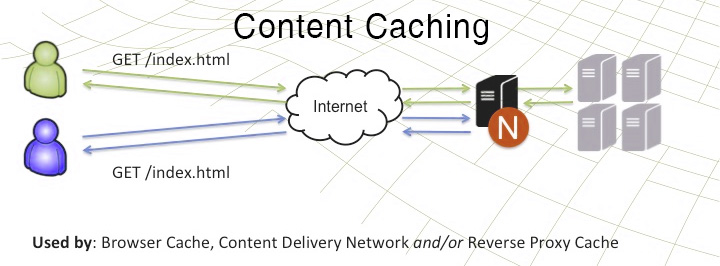
Website content caching plugin is another option, which essentially works similarly with the main difference being that it is a specific region cache server for your website, instead of a global service network. Consequently, this solution should be substantially cheaper, but it will benefit only your target audience.
Conclusion
Statistics show that mobile search and internet browsing is surpassing desktop, while users are not patient and will not wait for a website to load but will rather skip to next website and continue their quest for answers on the Internet.
Every millisecond by which you can improve your page loading times is essential for your website success. Website performance review should be done at least once in two months, and the overall process of optimization should be ongoing to have the best possible results.
Following our recommendations, I’m sure you will improve your WordPress website performance.
